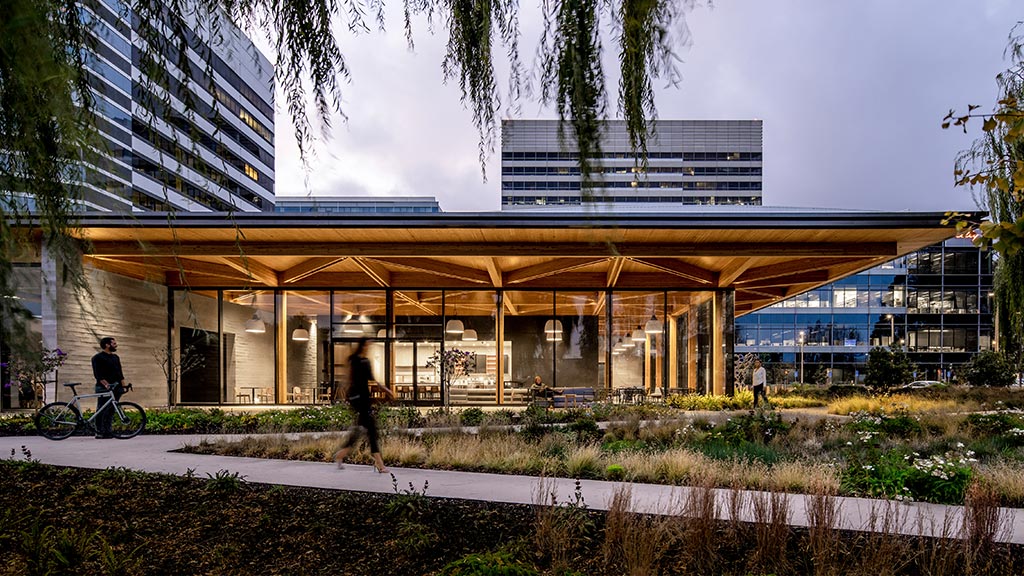Office Developers
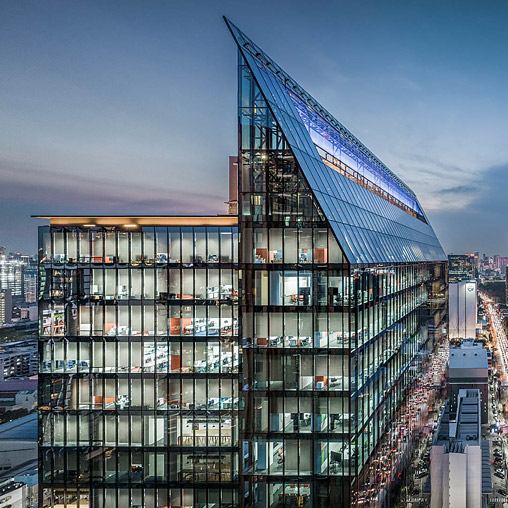
Rasa Tower
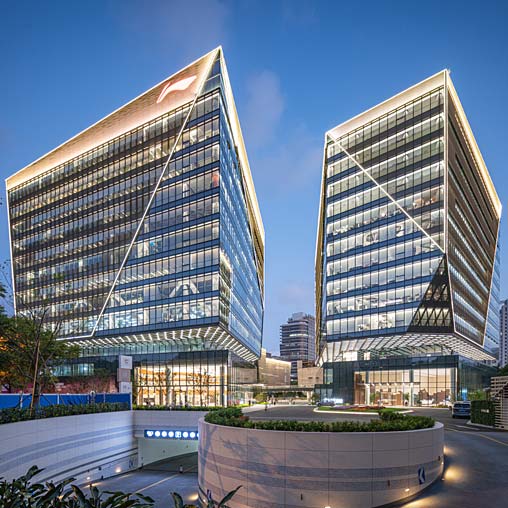
C·PARK Haisu
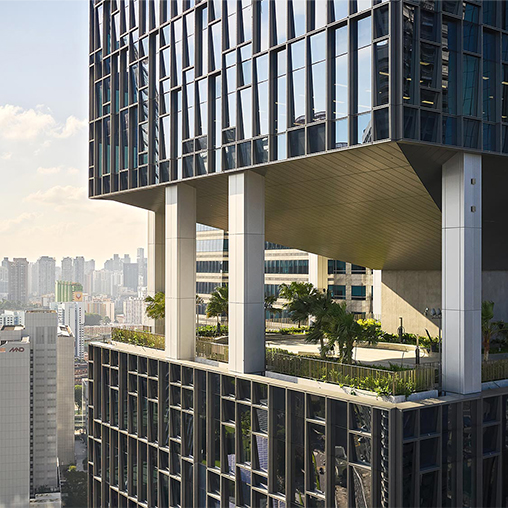
CapitaSky
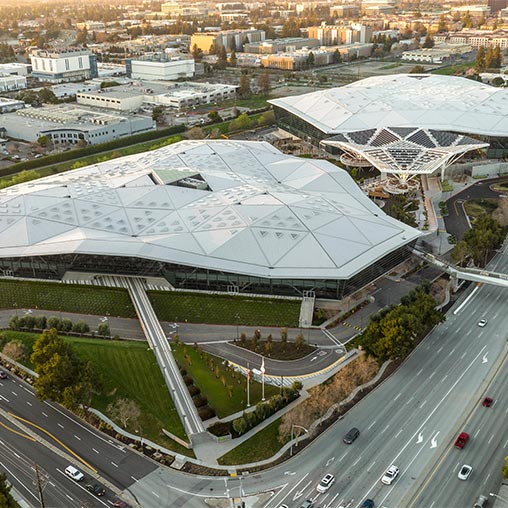
NVIDIA
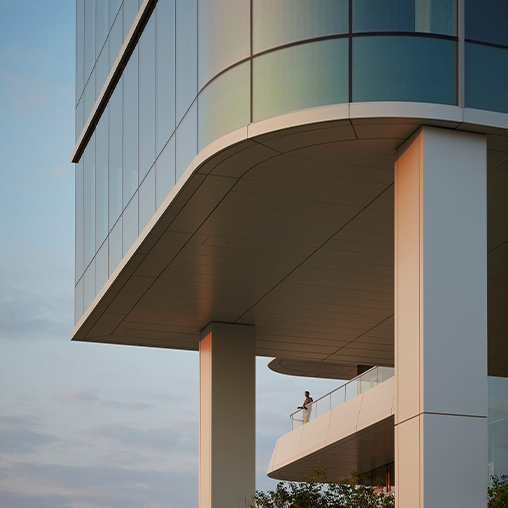
1229 W Concord Place
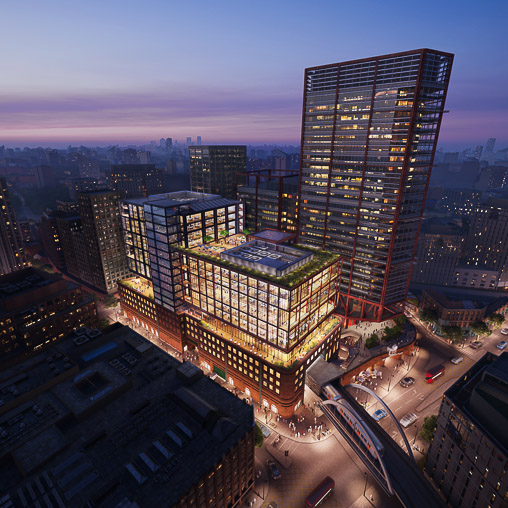
The Goodsyard

2222 Market
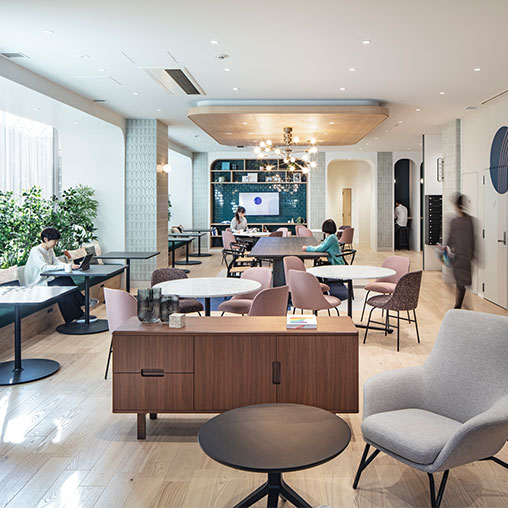
Hatsudai Center Building
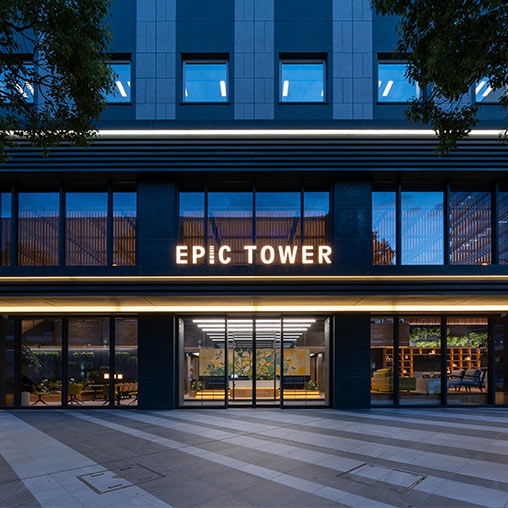
Epic Tower Shin Yokohama
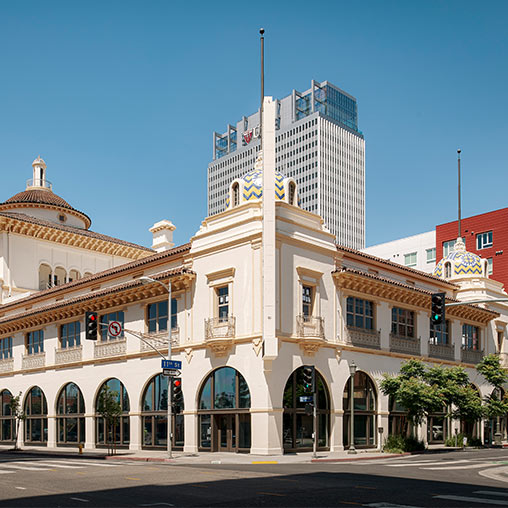
Herald Examiner Building
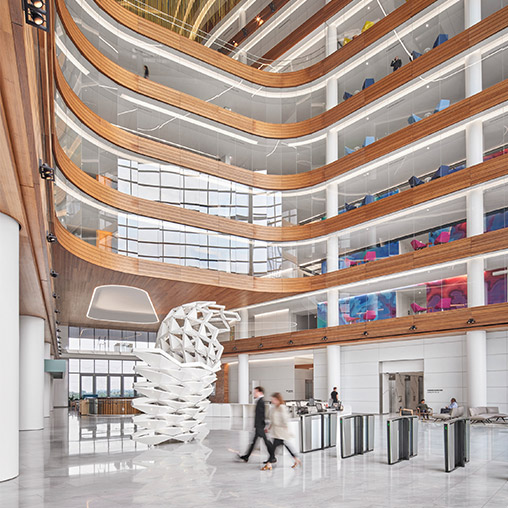
Capital One McLean Block A
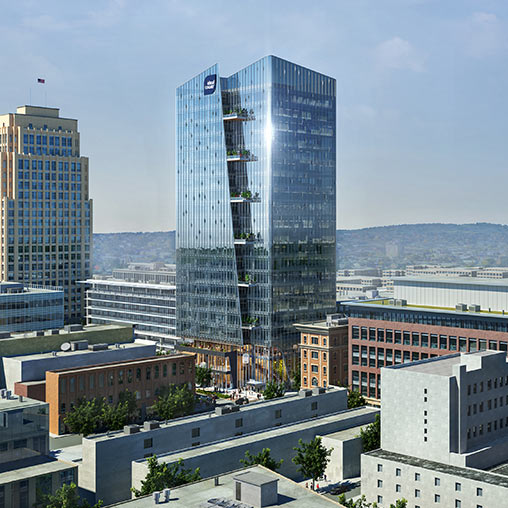
Ideal Tower
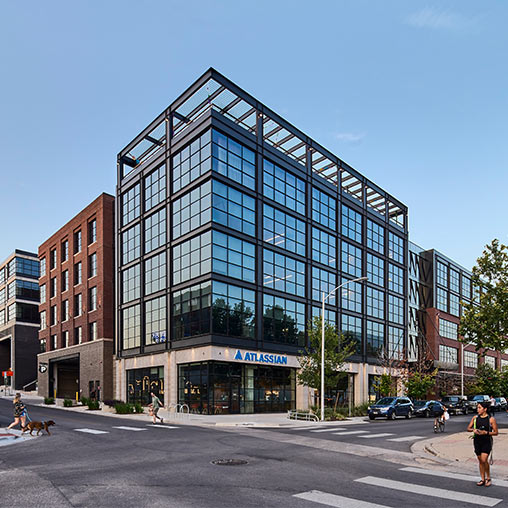
Centro West Block Office Building
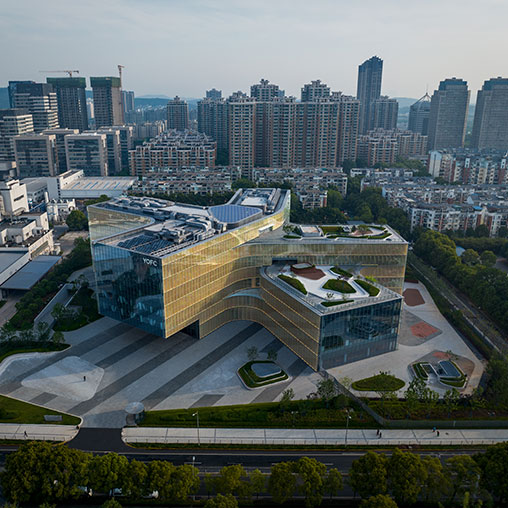
YOFC Headquarters
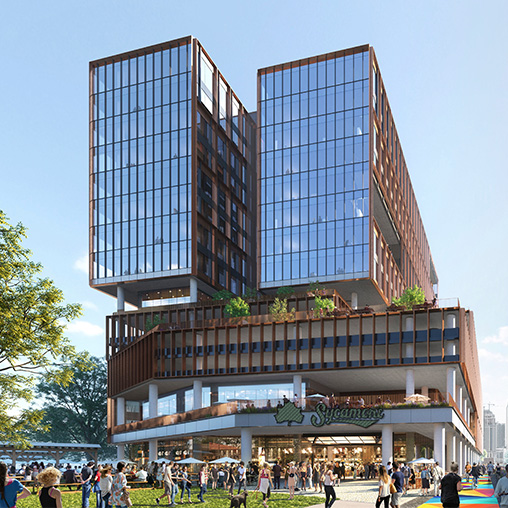
The Line Charlotte
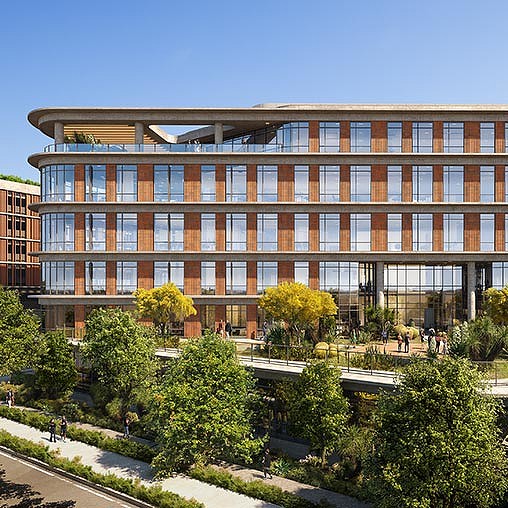
Springdale Green
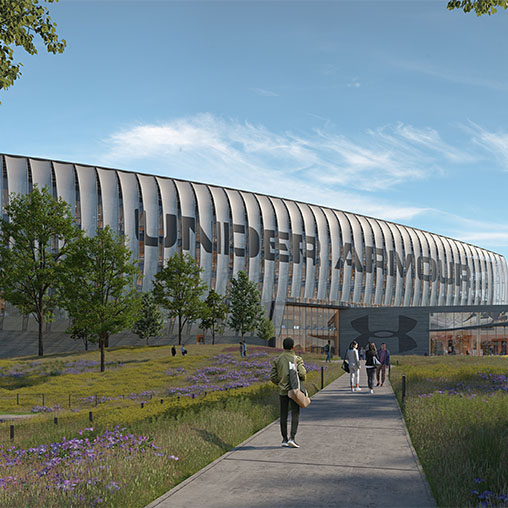
Under Armour Global Headquarters
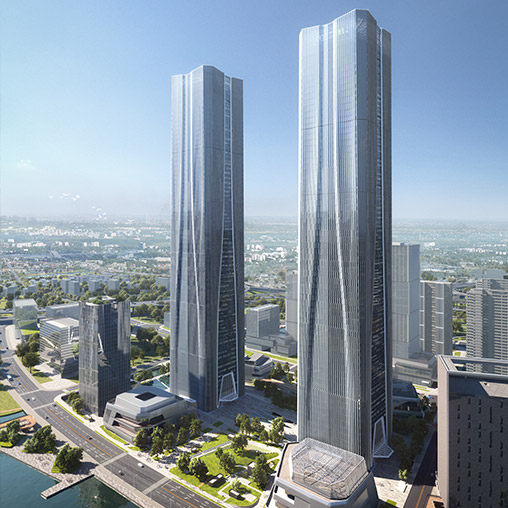
Zhangjiang Twin Towers
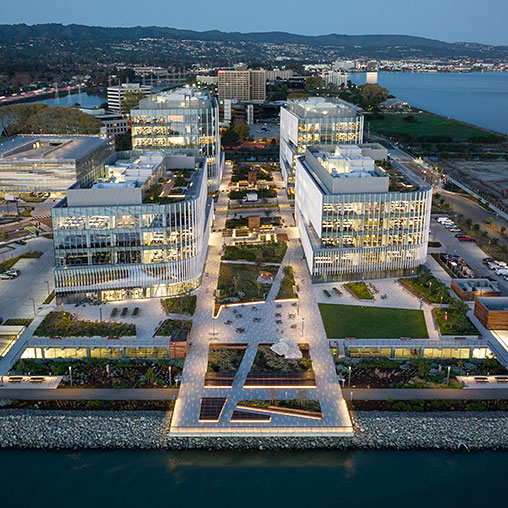
Burlingame Point
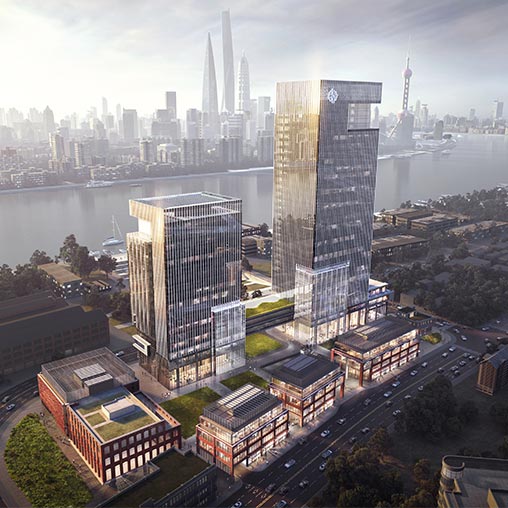
CCCC Riverside Plaza
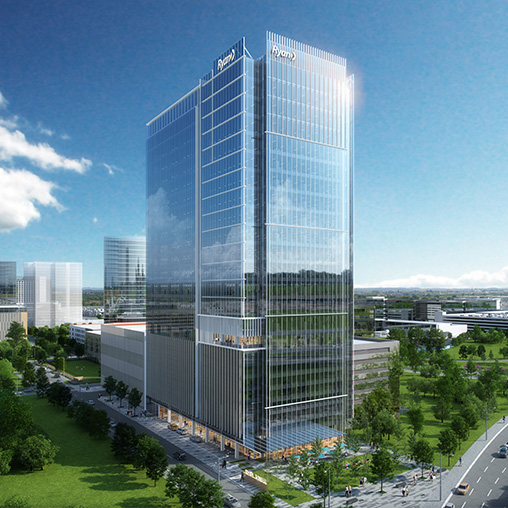
Ryan Tower
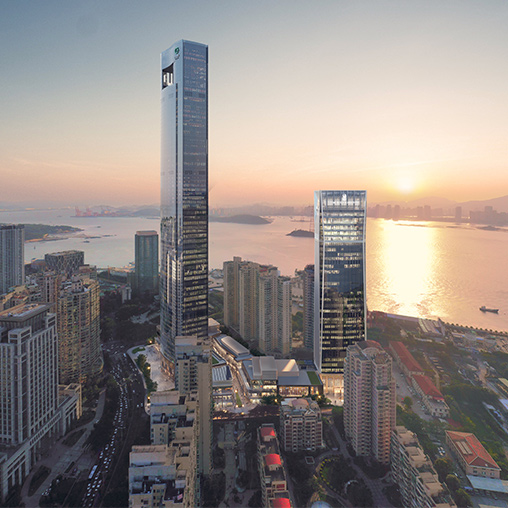
Xiamen CGDG New Era Plaza
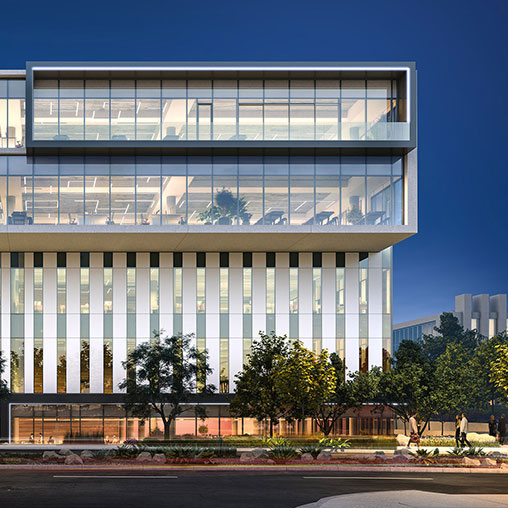
Millenia, Think Campus
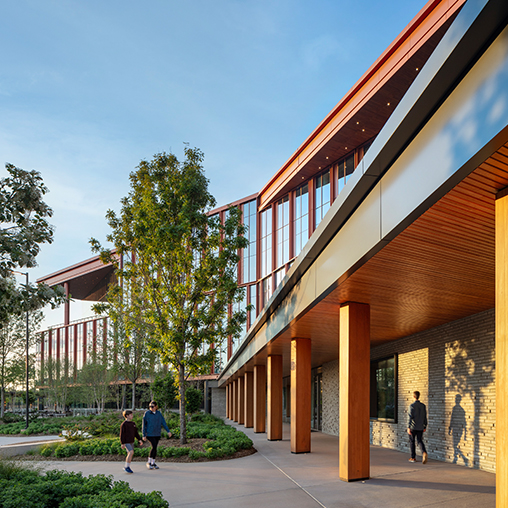
Bandwidth Global Headquarters
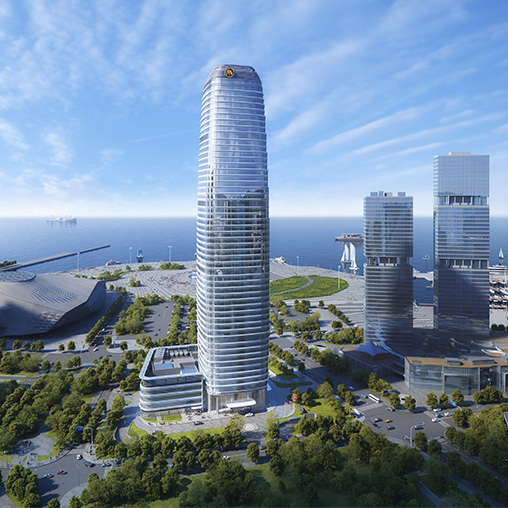
Dalian International Shipping Center
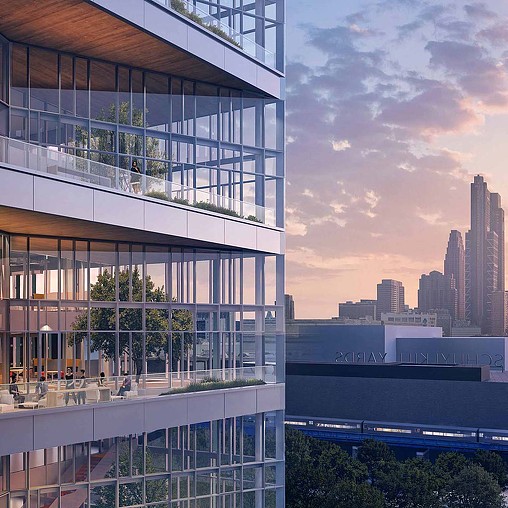
3151 Market Street
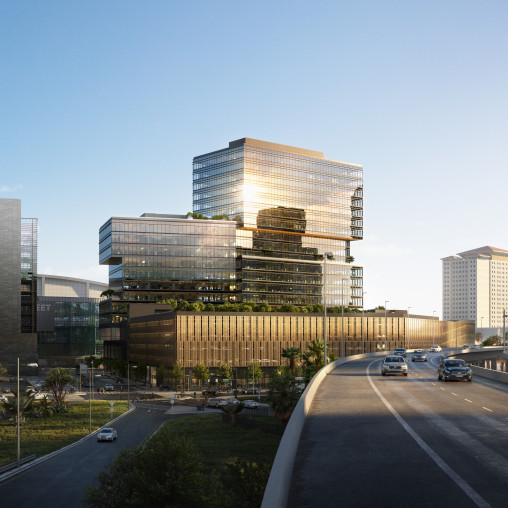
400 Channelside
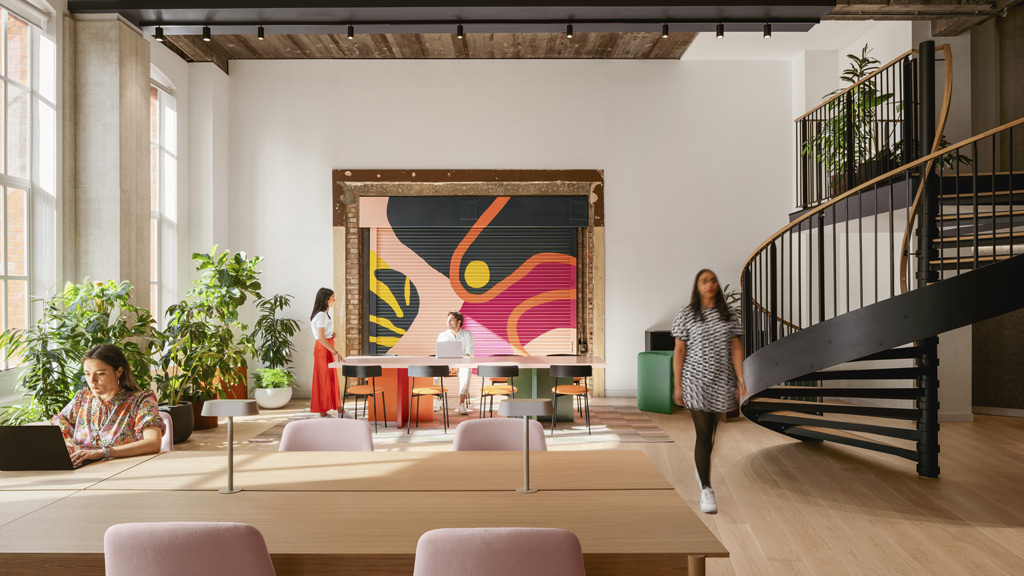
The Future of Work Is Human: Designing for Culture and Experience
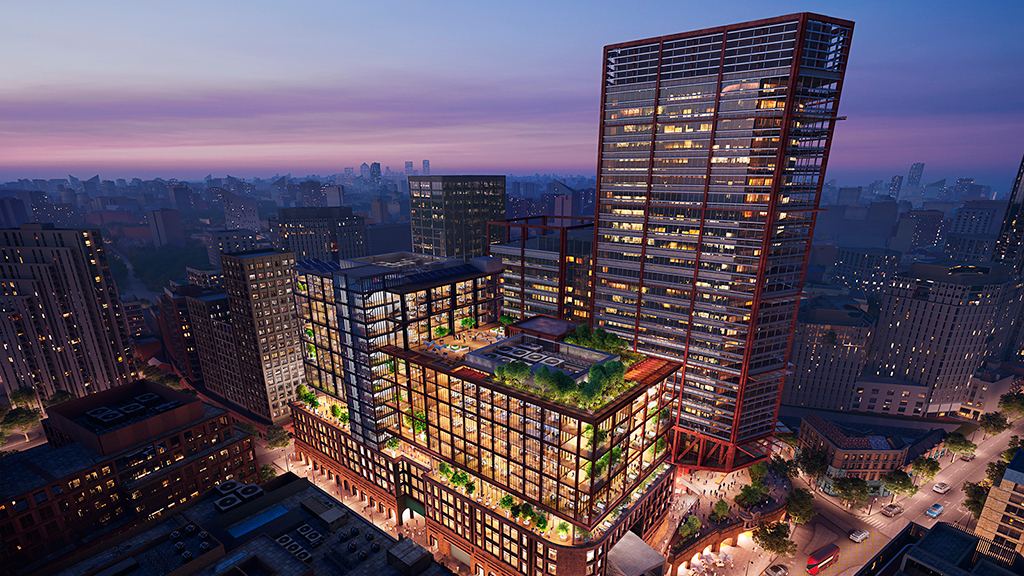
How a Challenging Site Fuelled a Bold New Workplace
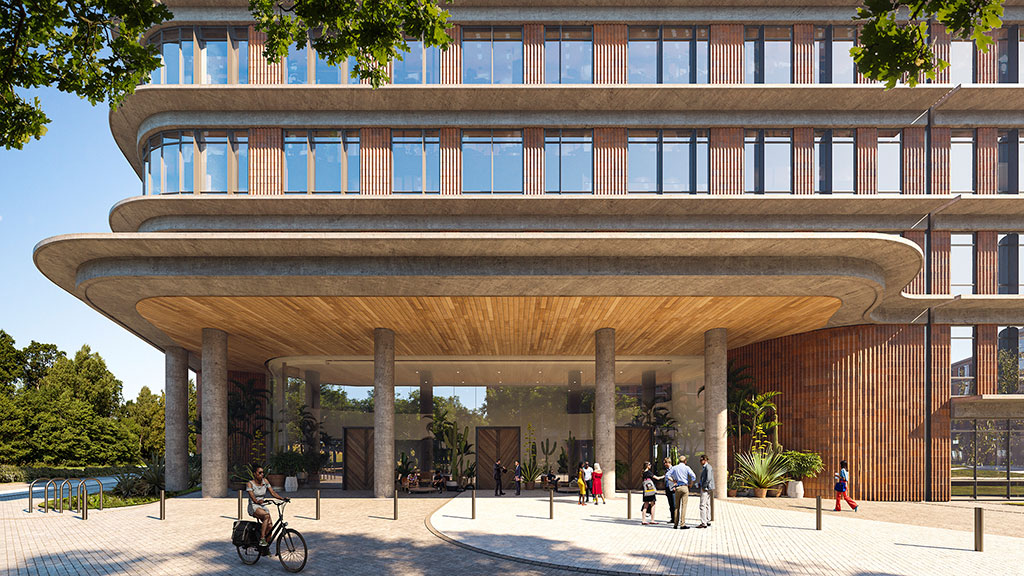
A Surprising Reason to Feel Good About Returning to the Office
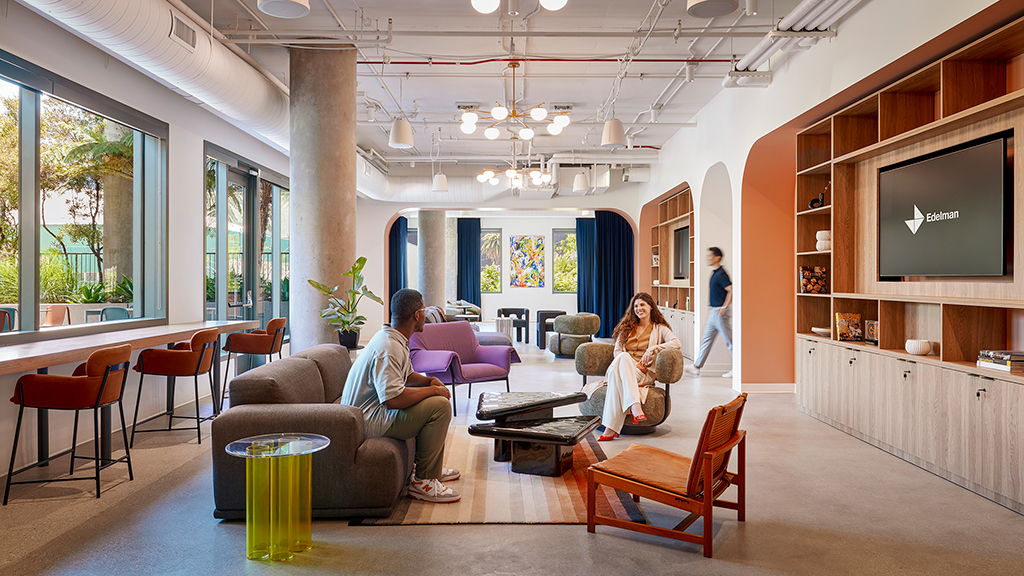
The New Workplace Experiences That People Crave
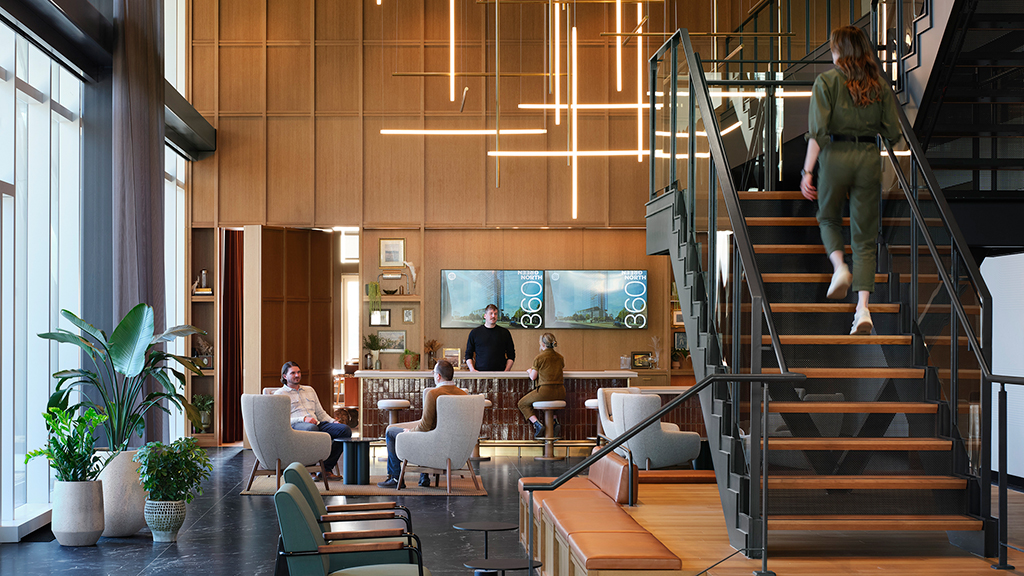
The New Club Workplace: More Than an Amenity
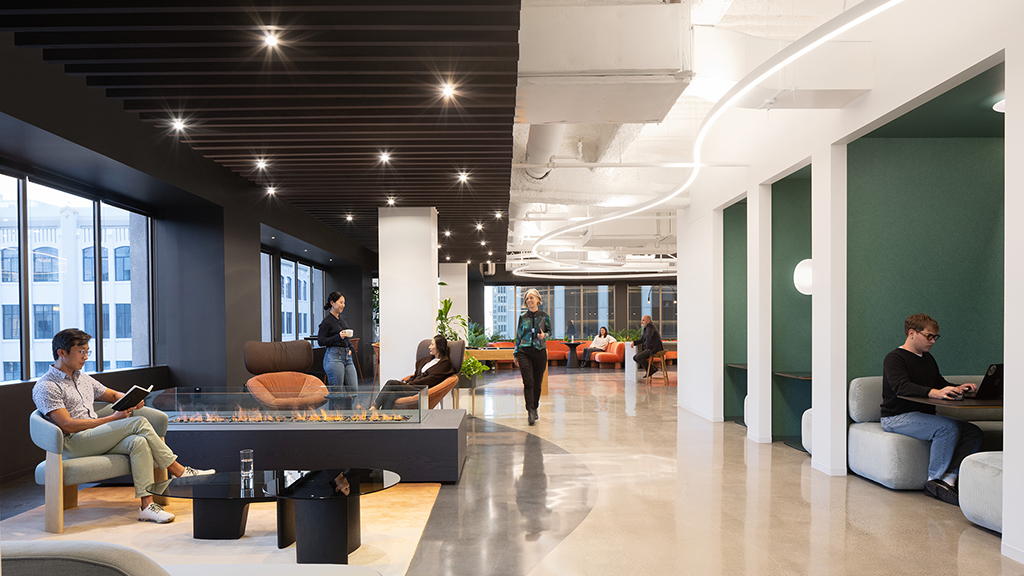
It’s Time for the Traditional Conference Room to Make Way for New Spaces

How Summer FOMO Is Shaping the Canadian Workplace
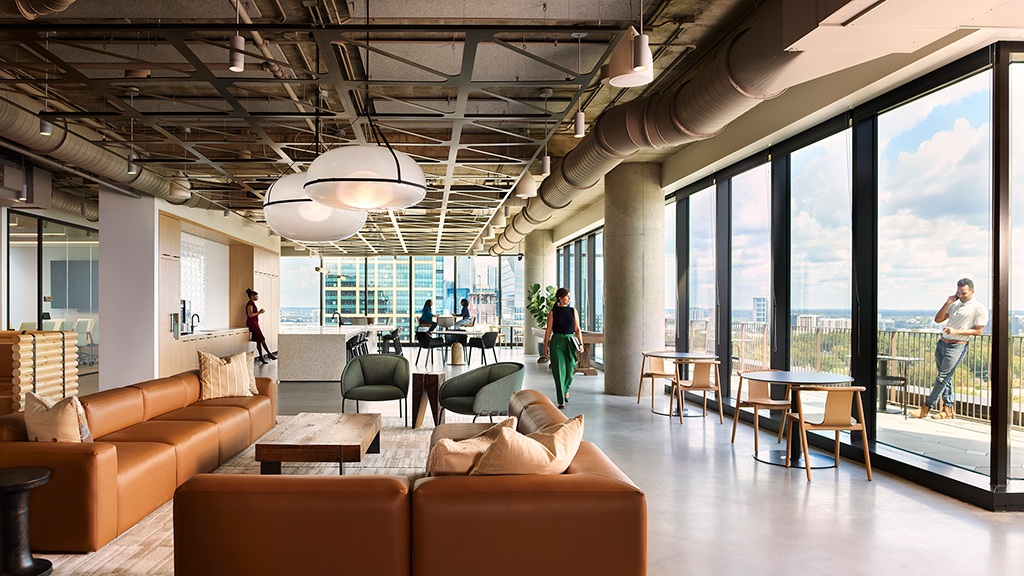
Agency Is the New Workplace Amenity
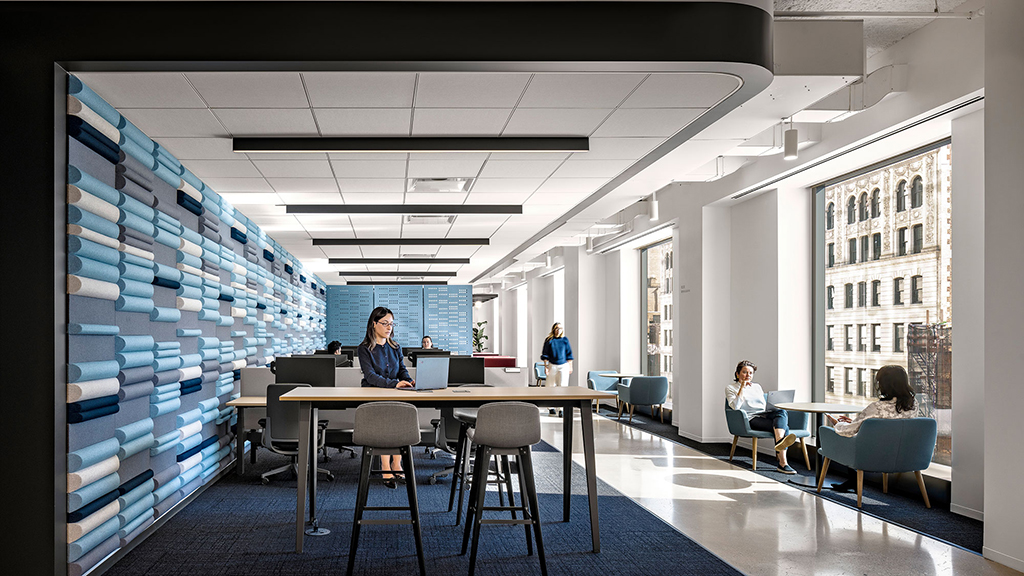
Why Now Is the Time for a Workplace Reset

Global Workplace Survey 2025
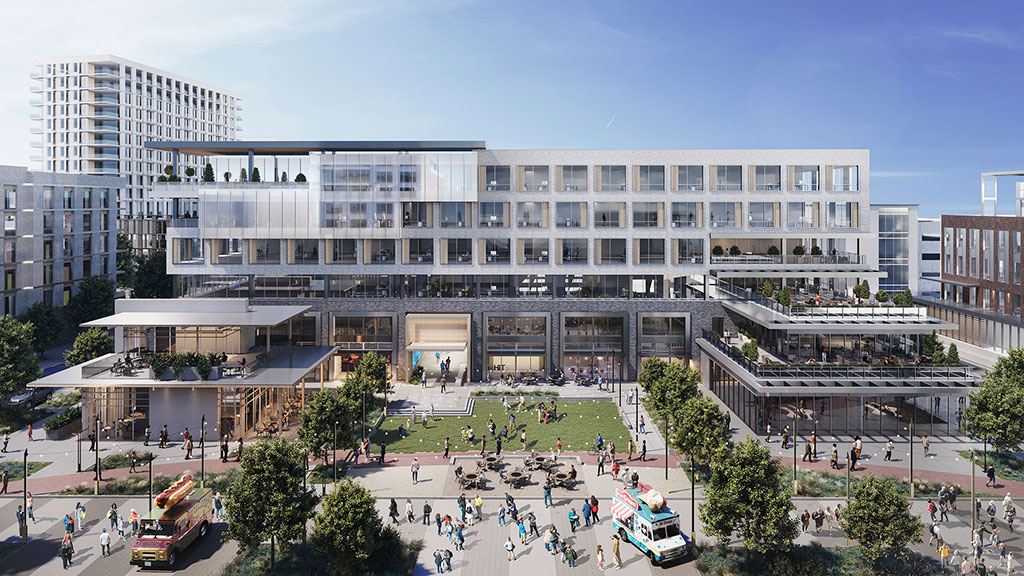
5 Ways Suburban Office Campuses Are Transforming Into Thriving Communities

The Building as Brand: A Watershed Opportunity in Manhattan Office
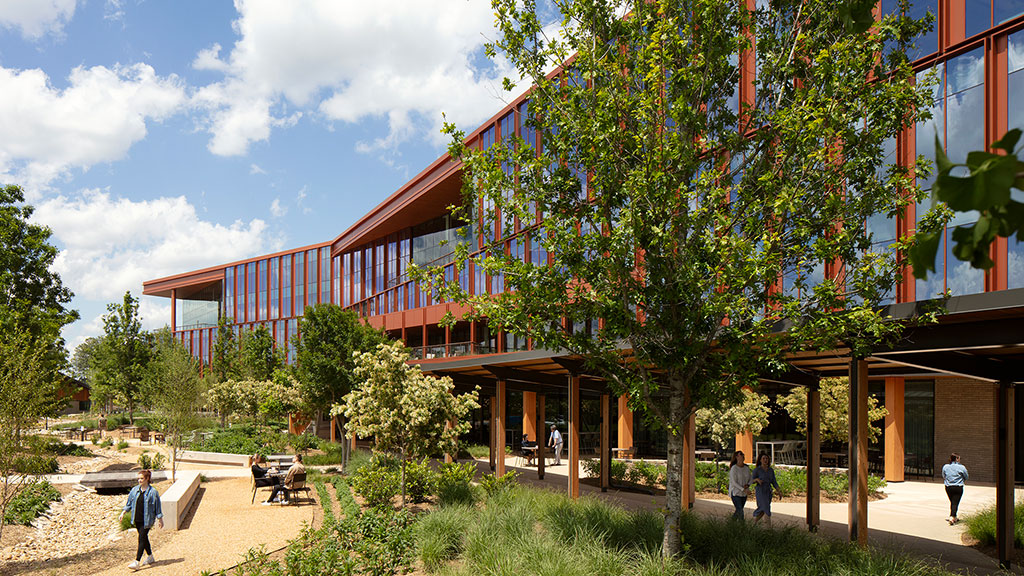
Bandwidth Headquarters: A Workplace Designed Not Just for Work, But Life
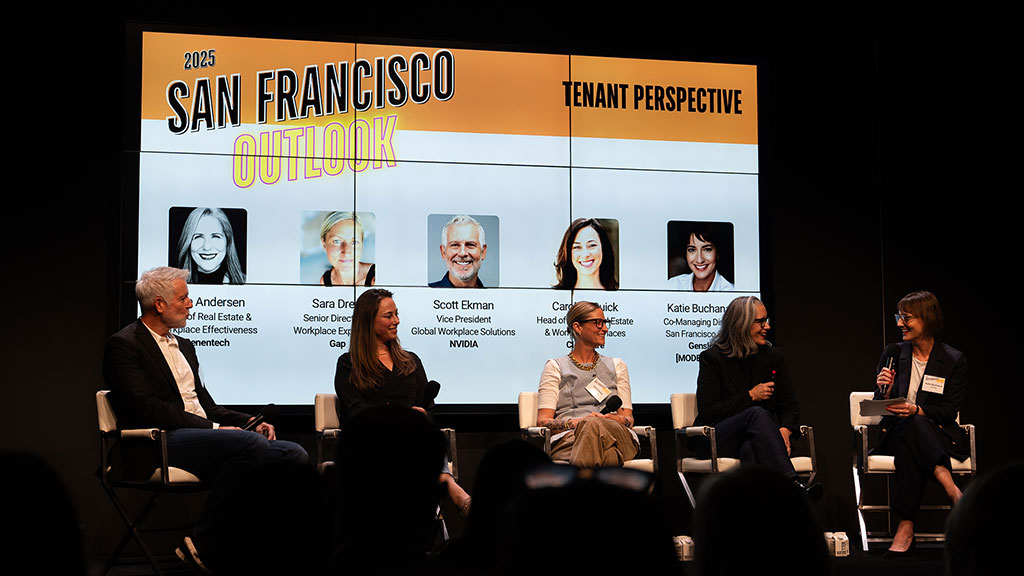
What’s Next for the Workplaces of San Francisco?
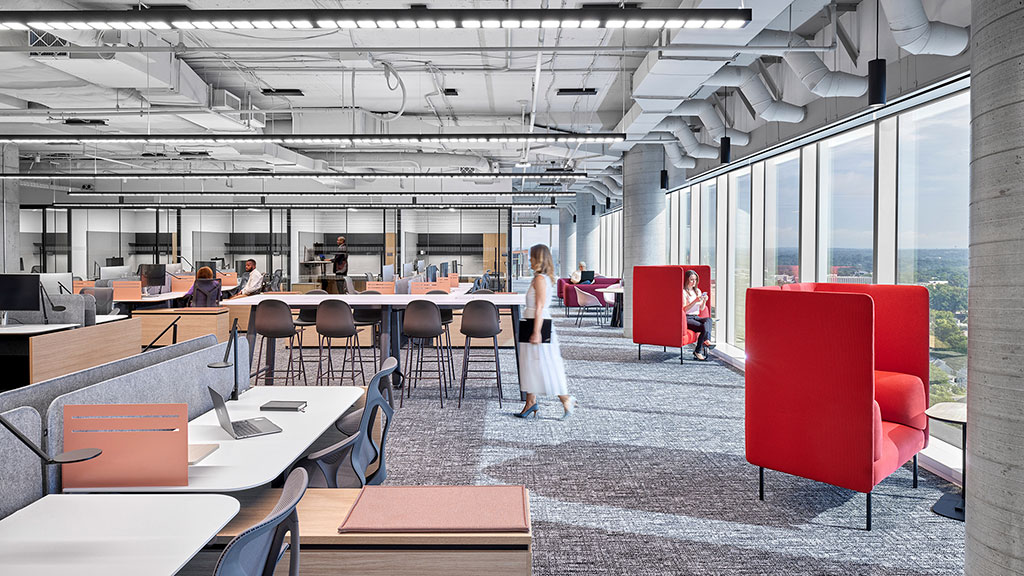
What Are Corporate Real Estate Executives Planning for 2025?
Demand surges for Class A buildings offering a distinctive experience.
As demand for high-quality buildings continues, developers can create new types of compelling tenant experiences using architectural expression, materials, and the embrace of public spaces.
Outside-the-office amenities and round-the-clock neighborhood vibrancy add value.
Tenants are increasingly looking at the street-level environment and neighborhood mix as part of their workplace amenities. Office developers will have a competitive advantage if they can orchestrate relationships with surrounding retail, restaurants, community spaces, and more.
Perpetual and flexible assets improve value over time.
The next generation of office buildings will be built to adapt to multiple uses, extending a building’s lifespan and reducing its embodied and operational carbon. A key feature of a perpetual asset is a flexible floorplate with uniform dimensions, good daylight reach, and a generous structural grid.
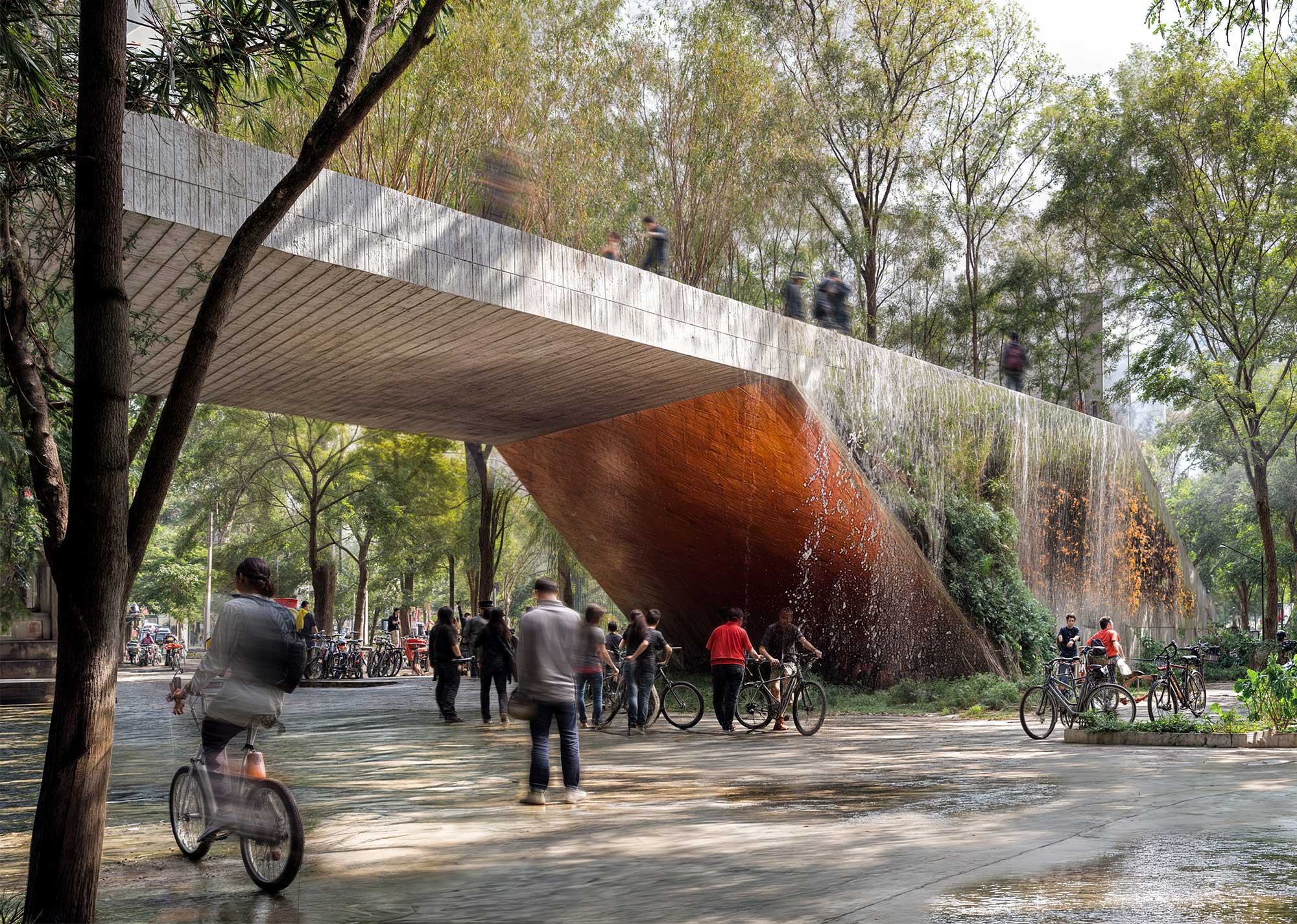
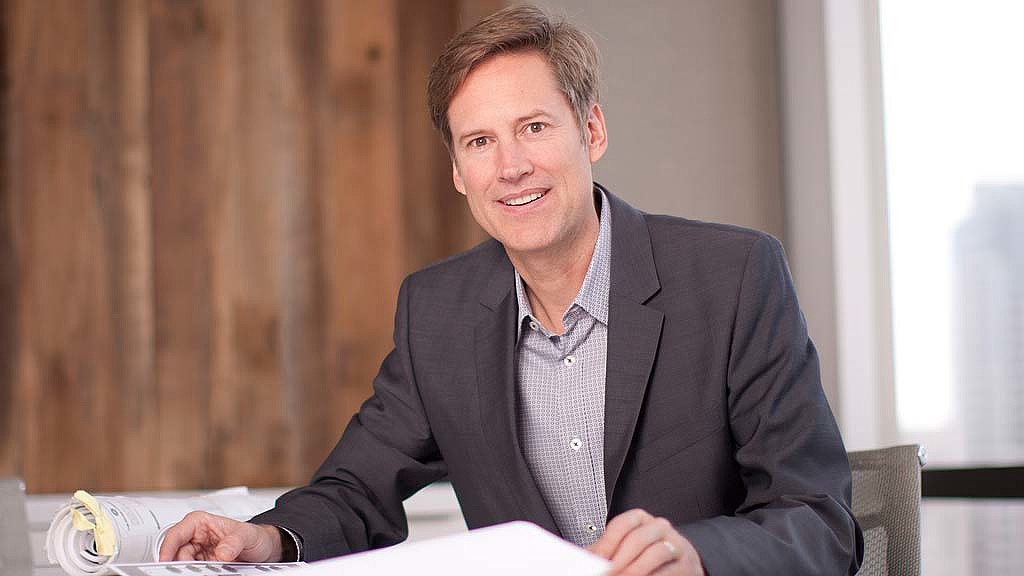
Darrel Fullbright

Duncan Lyons
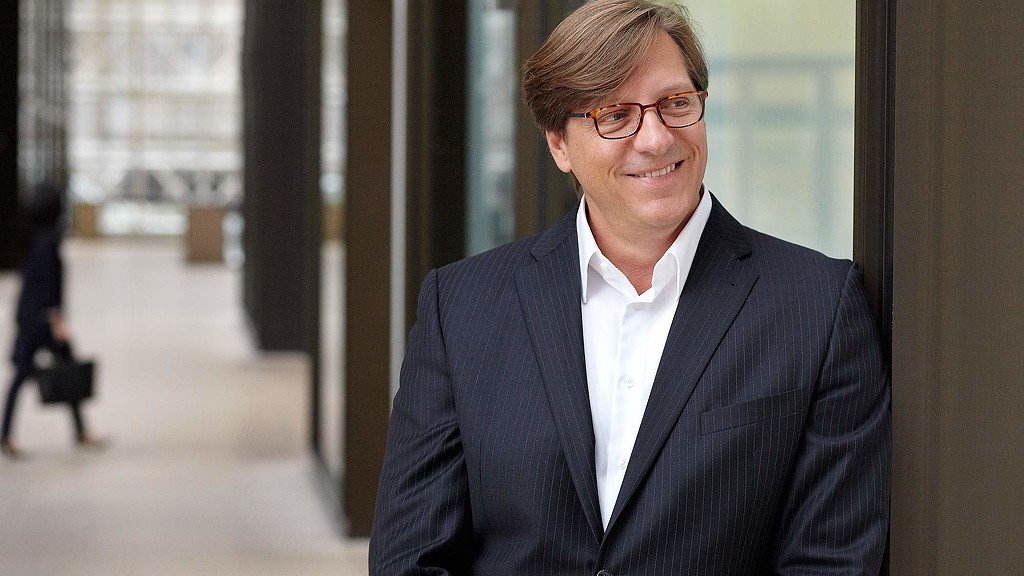
Kristopher Stuart
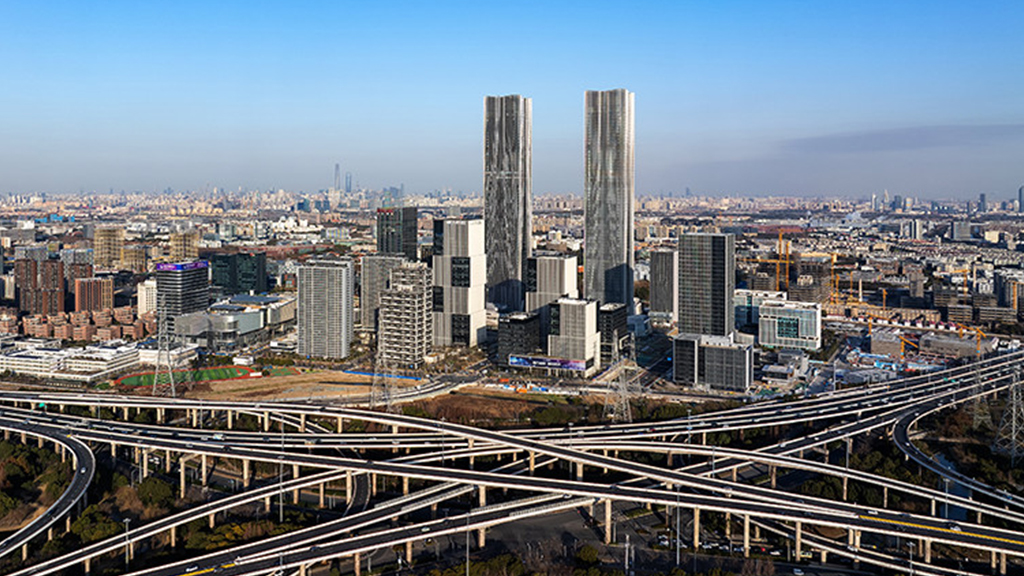
CTBUH Recognized Zhangjiang Science Gate Twin Towers with a 2025 Award of Excellence
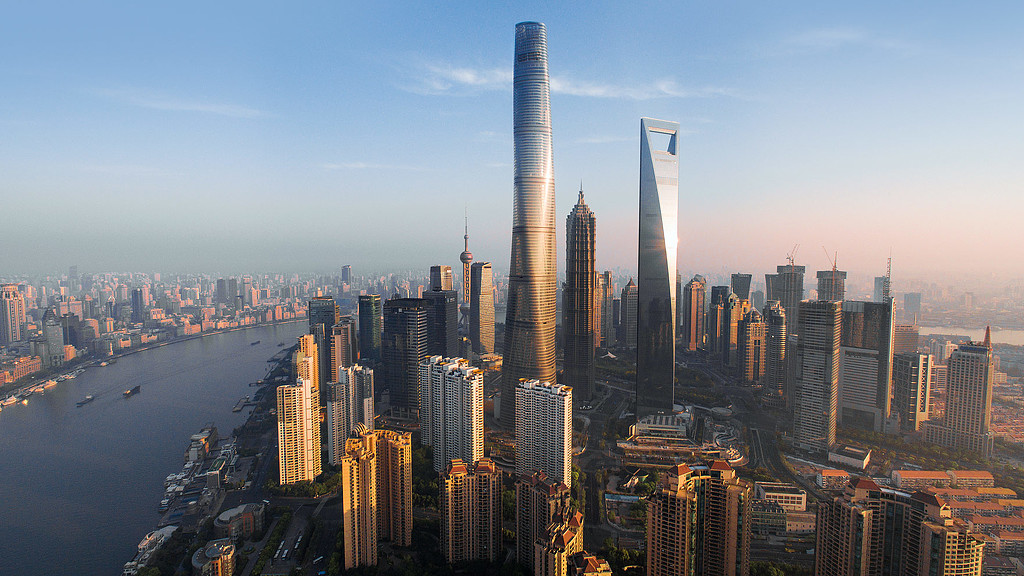
Shanghai Tower Featured in Architectural Digest’s List of the 15 Tallest Buildings in the World in 2025

Strategy Director Erin Saven Shared Insights on How Upcoming Lease Activity Offers an Opportunity To Rethink Real Estate Strategies
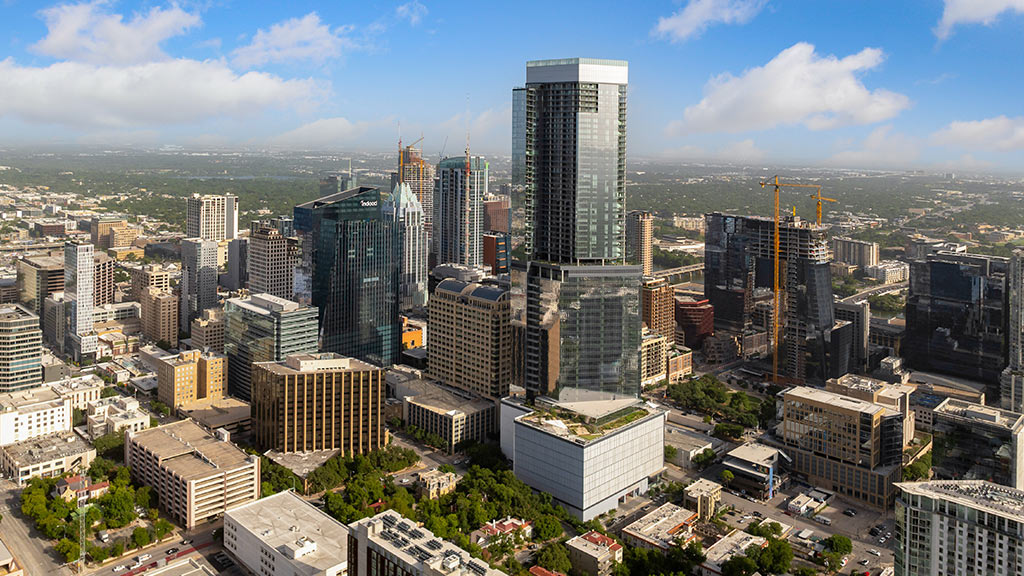
Gensler Completes the Sixth and Guadalupe Skyscraper, Austin’s Tallest Building
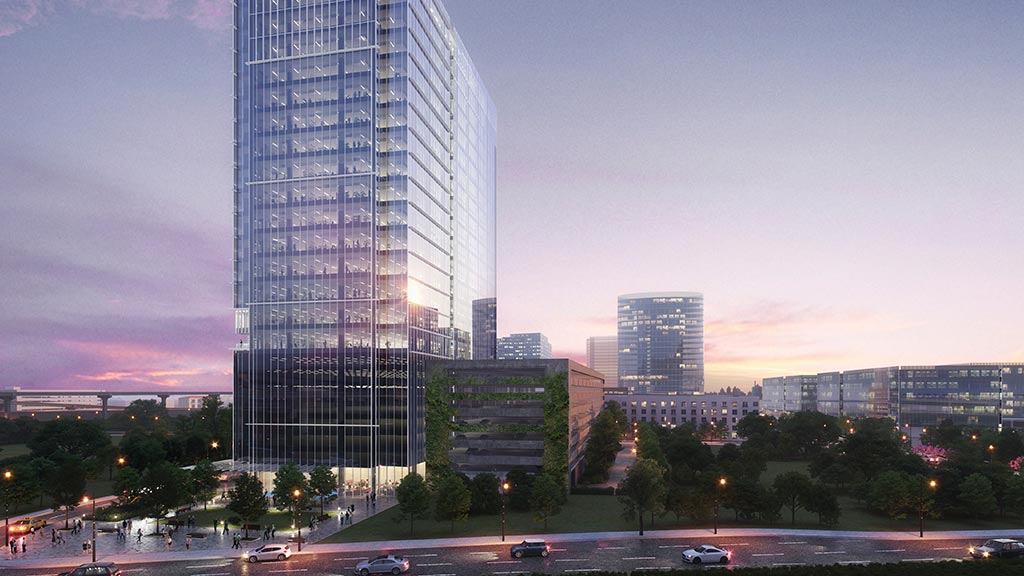
Plano’s Legacy West development, Ryan Tower, Designed by Gensler, Is Ready to Welcome Tenants
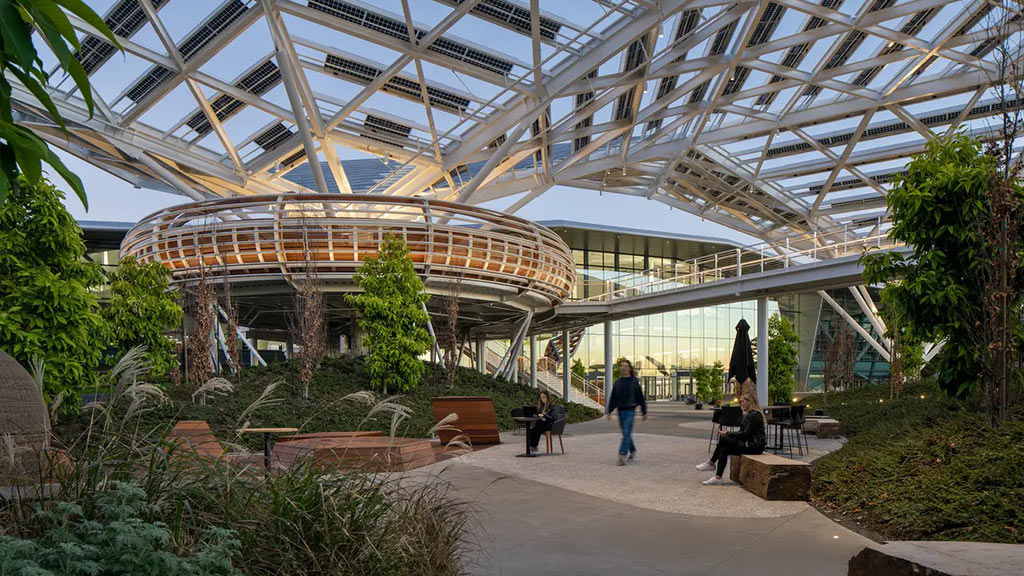
Business Insider Rounded Up the Coolest Tech Offices of 2024, Featuring NVIDIA’s “Futuristic Headquarters”
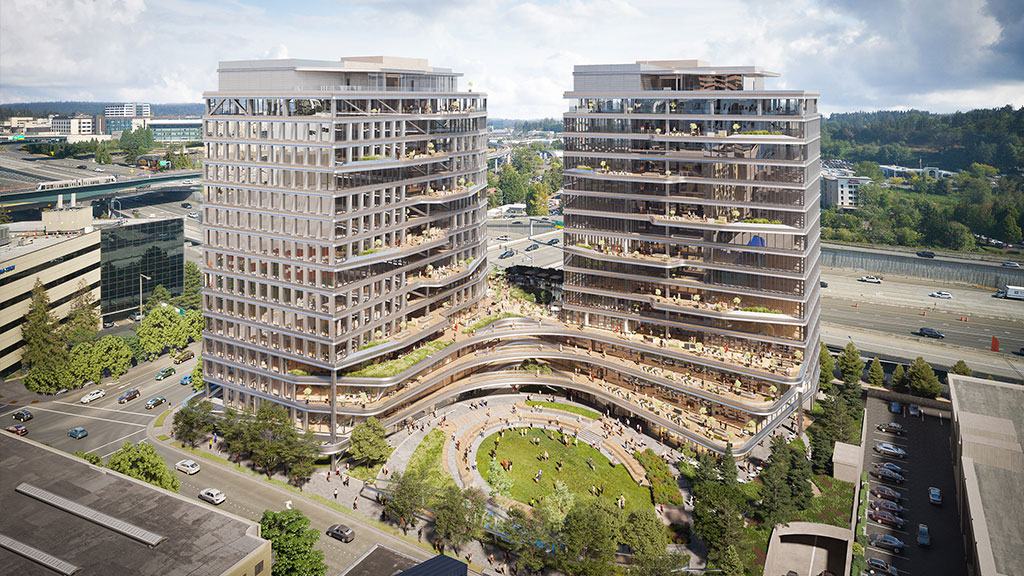
Top Projects That Will Reshape Seattle, Including Gensler Seattle’s KANON Project
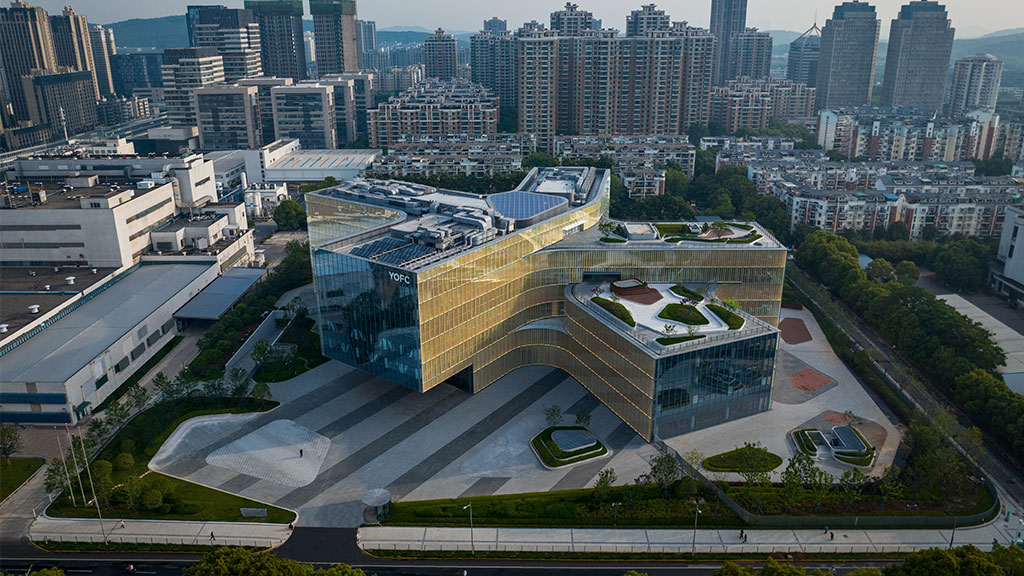
The Gensler-Designed YOFC Headquarters in Wuhan Is a “High-Tech Beacon”
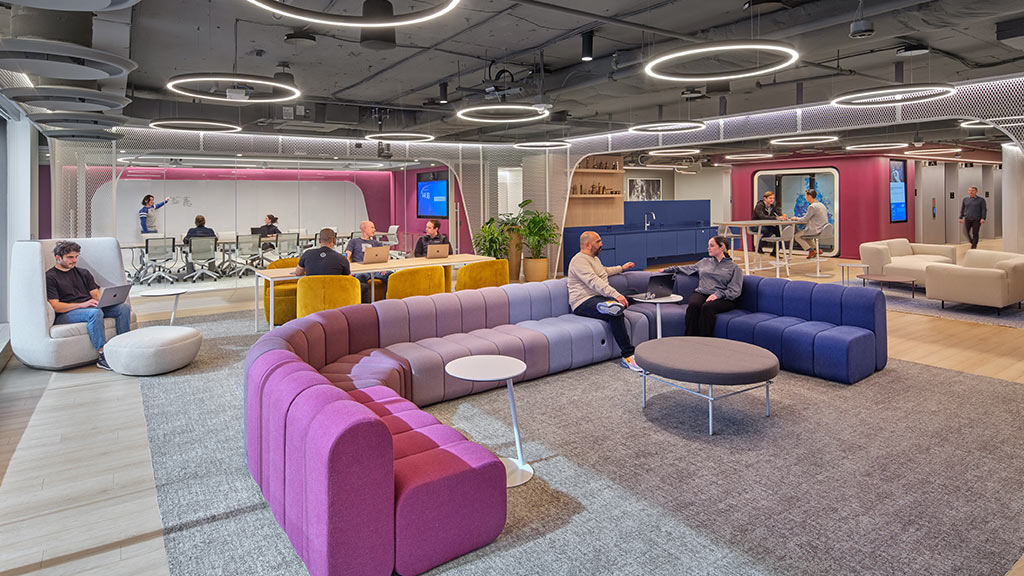
Gensler’s Global Workplace Survey 2024 Shows the Impact of Office Collaboration
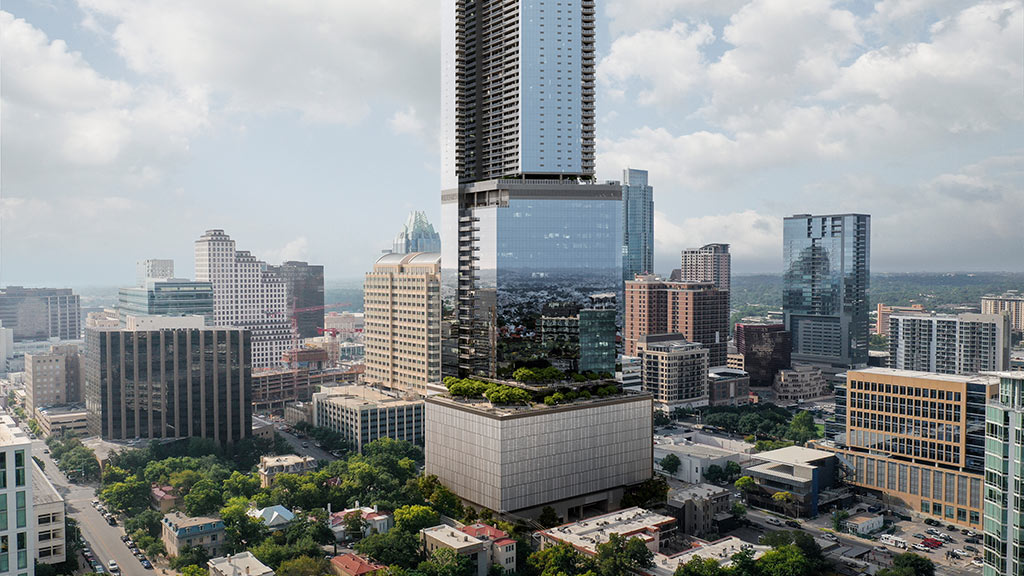
The Gensler-Designed Sixth and Guadalupe Skyscraper in Austin is Nearing Completion
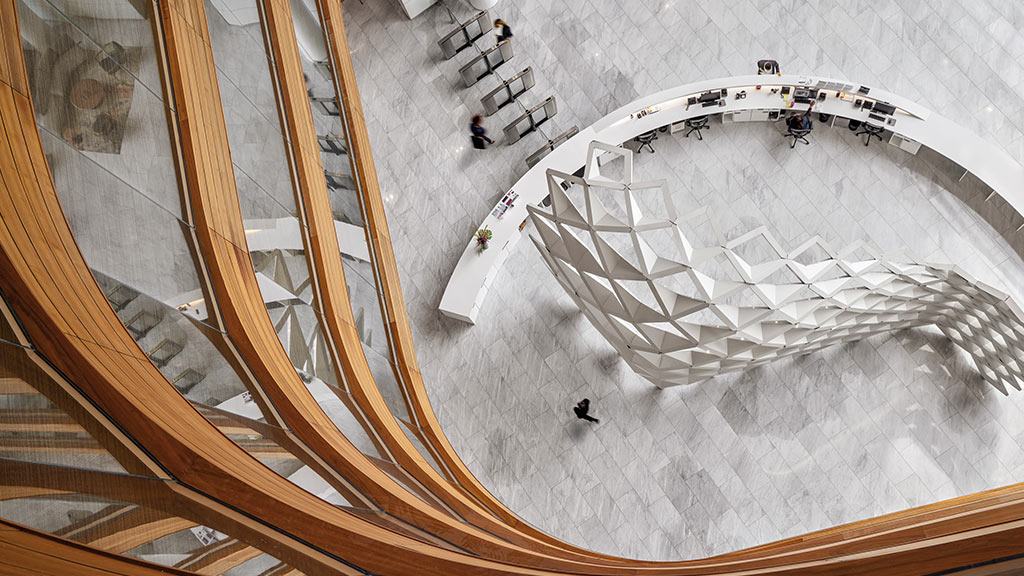
Capital One McLean Block A Wins Interior Design’s 2023 Best of Year Award
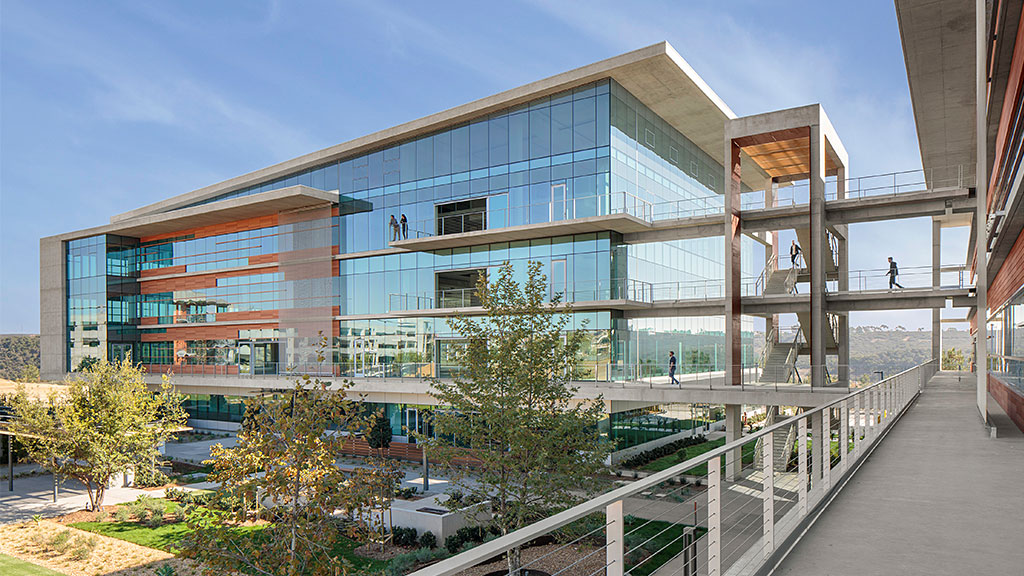
Gensler Developer Leader Darrel Fullbright Discusses Building “Perpetual Assets”
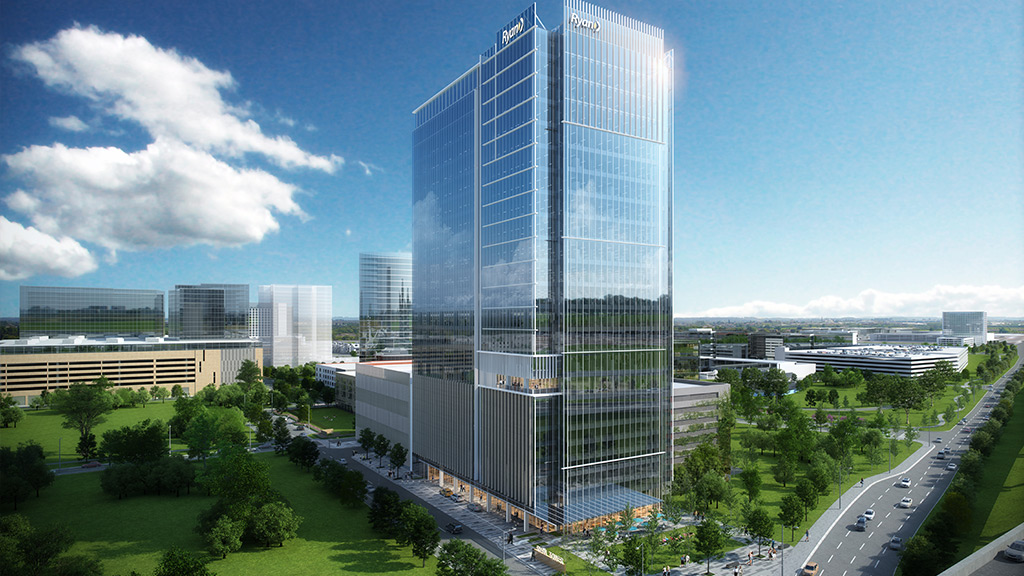
Ryan Tower Is One of the Largest Office Projects Under Construction in North Texas
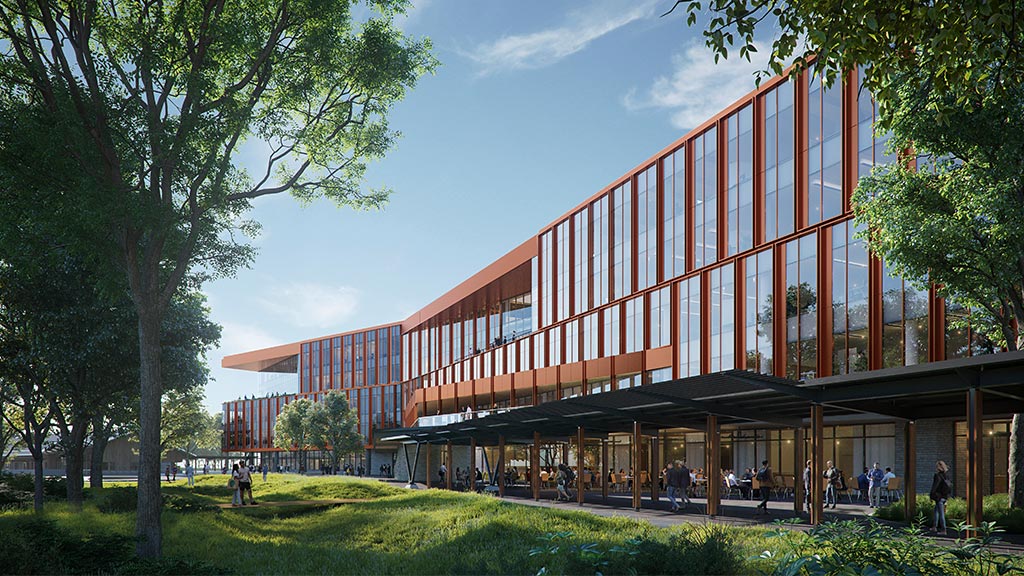
Gensler Ranked #1 on Building Design+Construction’s Top 200 Office Building Architecture Firms
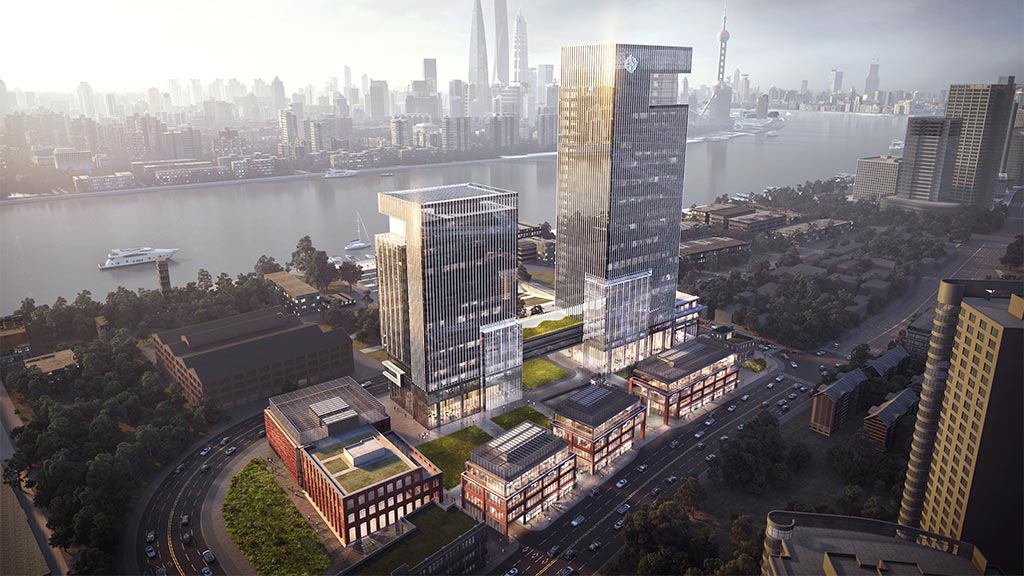
Gensler’s Design of CCCC Riverside Plaza is “A Work-Learn-Play-Culture Destination of Tomorrow”
